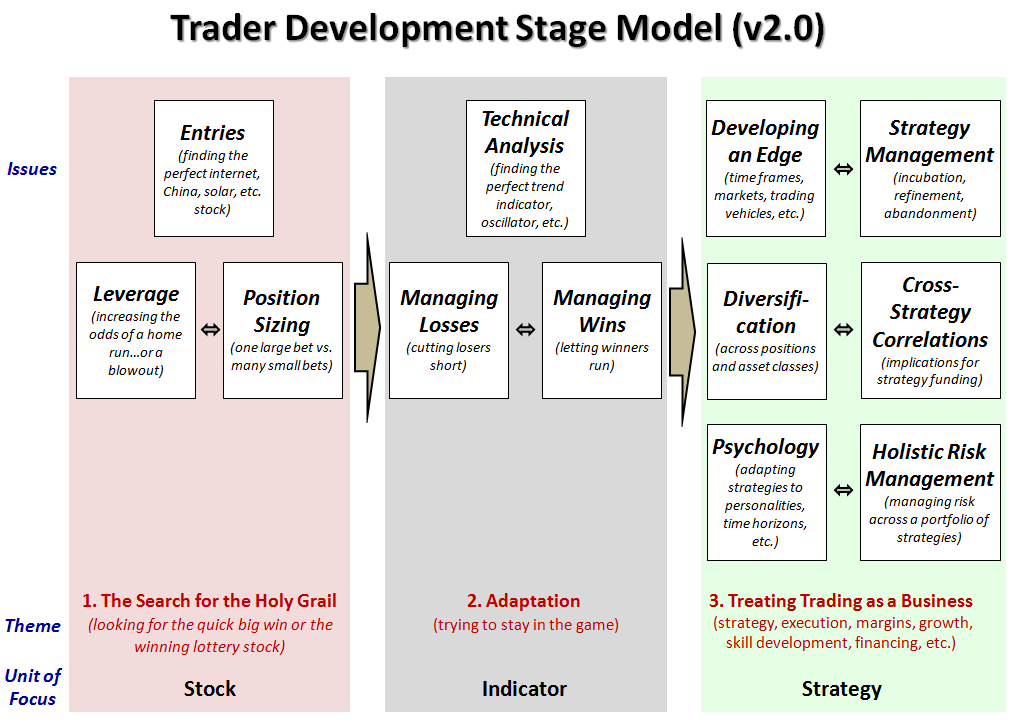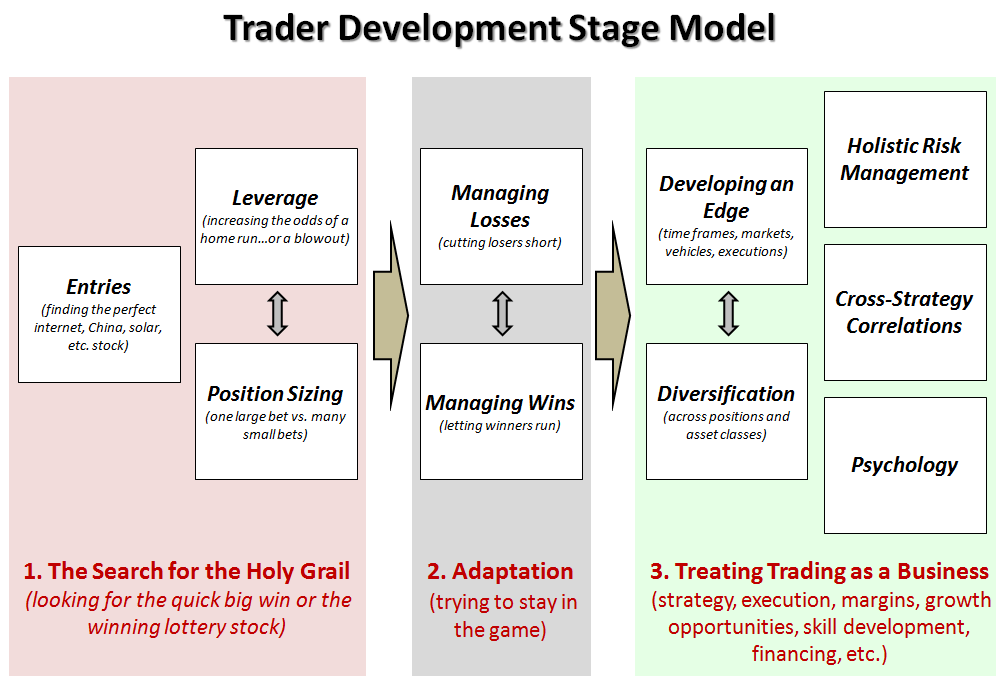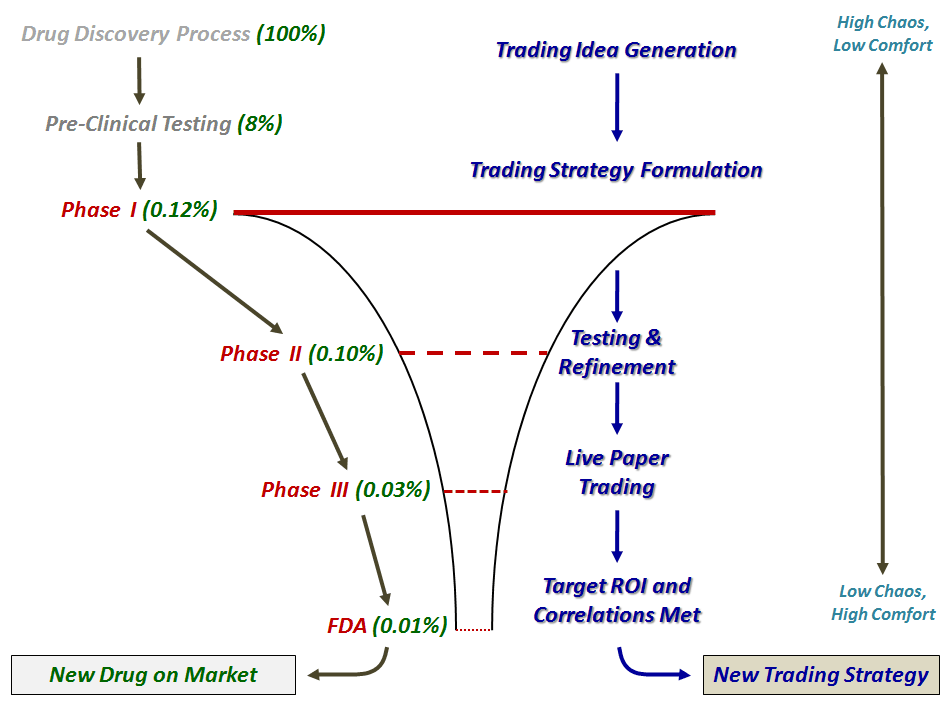Geography, Focus and Strategy
Way back in 2007, in Bicoastal Trading…Or Are You Trading in the Right Time Zone? I offered some thoughts on my experience trading on the West Coast versus the East Coast. At the time, I speculated that the Mountain Time Zone might be the best place to have a trading life that was seamlessly interwoven with the rest that life has to offer.
In the intervening years, I have made a few trips to Hawaii and am now convinced that at least for those who are content being an end-of-day trader, Hawaii may indeed be the ideal trading paradise – and certainly one with the most alluring geography dividend.
Last month, when I was taking some time away (or mostly away) from the markets, it struck me how much geography has influenced what I focus on, what and how I trade, and more broadly what strategies I implement.
When I am on the East Coast, for instance, I place much more emphasis on the European markets and economic data that is released just before or after the opening bell. I am much more likely to trade futures and focus my attention on the many blue chips whose earnings are released before the market opens. I may even break with tradition and turn on CNBC. In short, I have a much greater BMO focus.
By contrast, when I am on the West Coast, I find that I focus more on the Asian markets (checking in before I go to bed), trade a preponderance of West Coast technology stocks that generally report after the markets are closed and also find myself trading in the after-hours session much more often.
In Hawaii, everything is different. The markets close at 11:00 a.m. (10:00 a.m. during daylight savings time) and my routine switches to glancing at the markets, going out for a run, checking to see if the markets are relatively quiet when I return, showering and going for breakfast, then making any position adjustments just prior to the closing bell. All strategies become end of day strategies and short-term trades are much more likely to be multi-day swing trades than day trades.
In a nutshell, my geography determines where (and when) I focus my attention, and that focus has important implications for what I trade, when I trade it and what my anticipated holding period is for each position. Strategy, therefore, becomes a byproduct of geography.
There is nothing like Hawaii-Aleutian Standard Time to put the world in a different perspective and to serve as a reminder that no matter where you are – either as a visitor or with roots firmly in the ground – it is important to match your strategies and focus to your geography and time zone.
Related posts:
- Bicoastal Trading…Or Are You Trading in the Right Time Zone?
- The Education of a Trader
- Trader Development Stage Model – Version 2.0
- Draft Trader Development Stage Model
- Comfort Zones, Focus and Thinking Like a Biotech Firm
- Can Selling Options Make You a Better Trader?
- A Dozen Things My Trading Accounts are Thankful For
- On Trading Rules and Guidelines

[Future naked options sellers line up for another grueling day of work at Shipwreck Beach, Kauai]
Disclosure(s): none






